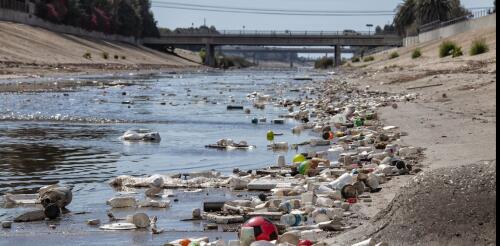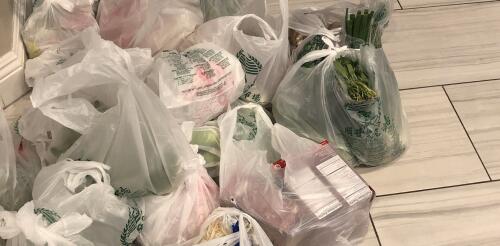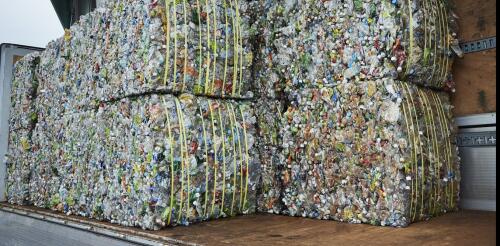Plastic waste
Plastic waste is piling up at a daunting pace around the world. The World Bank estimates that every person on the planet generates an average of 1.6 pounds (0.74 kilograms) of plastic waste daily. To curb this flow, 175 nations are negotiating a binding international treaty on plastic pollution, with a completion target of late 2024. In July 2024, the Biden administration released the first U.S. plan for addressing this problem. The new U.S. strategy covers five areas: plastic production, product design, waste generation, waste management and plastic capture and removal. It also lists actions that federal agencies and departments are currently pursuing. I study environmental law, including efforts to reduce plastic pollution. As the world’s largest economy, the U.S. is a critical player in this effort. Based on my research, here are three proposals in the U.S. plan that I believe are important and one omission that I view as a major gap. As of...
Colorado banned plastic bags from large retail stores at the beginning of 2024. A new state ordinance also prohibits restaurants and retail food establishments from using Styrofoam takeout containers. In Boulder, food shoppers have been paying 10 cents for every bag they need at checkout since 2013, with only paper and heavy-duty plastic bags available. Those fees were expanded this year to retail stores of all kinds and sizes. The Conversation interviewed Eleanor Putnam-Farr, an assistant professor of marketing at Rice University and co-author of “Forgot Your Bottle or Bag Again? How Well-Placed Reminder Cues Can Help Consumers Build Sustainable Habits,” about the challenges of changing people’s behavior – even when their intentions are good. How popular are plastic bag bans and taxes? Laws like Colorado’s are popular. Twelve states, plus Puerto Rico, and more than 300 municipalities, including Philadelphia, have banned plastic bag use by consum...
You’ve just finished a cup of coffee at your favorite cafe. Now you’re facing a trash bin, a recycling bin and a compost bin. What’s the most planet-friendly thing to do with your cup? Many of us would opt for the recycling bin – but that’s often the wrong choice. In order to hold liquids, most paper coffee cups are made with a thin plastic lining, which makes separating these materials and recycling them difficult. In fact, the most sustainable option isn’t available at the trash bin. It happens earlier, before you’re handed a disposable cup in the first place. In our research on waste behavior, sustainability, engineering design and decision making, we examine what U.S. residents understand about the efficacy of different waste management strategies and which of those strategies they prefer. In two nationwide surveys in the U.S. that we conducted in October 2019 and March 2022, we found that people overlook waste reduction and reuse...
Humans generate a lot of plastic waste – more than 400 million metric tons a year. To bring this fact a bit closer to home, the U.S. produced an average of 0.75 pounds (0.34 kilograms) of plastic waste per person each day in 2010, which is equivalent in weight to an unopened can of soda. Plastic products have been propelling our quality of life forward for over a century, from keeping food fresh longer to enhancing medical hygiene and making transportation more energy-efficient. In the meantime, plastic waste has also accumulated. Today it is an unsolved and growing problem of gargantuan proportions. Worldwide, only 9% of plastic waste is recycled – largely through mechanical processing, creating products like drainage pipes – and 19% is incinerated. The rest is either buried in landfills or has escaped into the environment, where it damages ecosystems and harms human health. To address existing and future plastic waste, new approaches beyond mechanical rec...
As a conservation biologist who studies plastic ingestion by marine wildlife, I can count on the same question whenever I present research: “How does plastic affect the animals that eat it?” This is one of the biggest questions in this field, and the verdict is still out. However, a recent study from the Adrift Lab, a group of Australian and international scientists who study plastic pollution, adds to a growing body of evidence that ingesting plastic debris has discernible chronic effects on the animals that consume it. This work represents a crucial step: moving from knowing that plastic is everywhere to diagnosing its effects once ingested. From individual to species-level effects There’s wide agreement that the world is facing a plastic pollution crisis. This deluge of long-lived debris has generated gruesome photos of dead seabirds and whales with their stomachs full of plastic. But while consuming plastic likely killed these individual animals, death...




